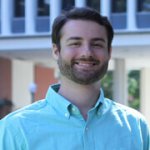
Mark Harrison
Hometown: Arcadia, California, USA
BS, Electrical Engineering, USC
PhD Candidate, Electrical Engineering, USC
For undergrad, when I picked Viterbi, it was a lot about just USC, the school. When I was looking for schools, I got to see a lot of what went on in the Viterbi School. Some of it came down to getting a fellowship award from USC, which allowed me to have more freedom in what I wanted to do here.
For grad school, a lot of it comes down to figuring out what research you’re going to be doing or what group you’ll be in. I liked the group of people doing research here, so I thought I would be able to find a group that would be a good fit.
There is something that I’m working on more specifically right now, which is a fiber optics stress sensor for measuring the Young’s modulus of tissue samples. The Young’s modulus measures the stiffness of the material – how stretchy something is. Something with a high Young’s modulus is stiffer; you can’t stretch it or bend it as much as something with as lower Young’s modulus.
People have used fiber optics to do stress sensing, but the setup is usually complicated. At the same time, people have done measurements with tissue sample where they can maybe differentiate between cancerous tissue and noncancerous tissue by the stiffness of the material. The problem is, right now, to do that you need these things called lured frames. They’re not difficult to use, but they are big, expensive pieces of equipment. The optical fiber sensors are relatively inexpensive, but the setup is complicated.
What I’ve been working on is streamlining that setup to make something that is more portable, so that we can use it as a tool for researchers.
Right now, I’ve been working more on the sensor and getting all the parts to work, getting it calibrated so we can measure using a material called PDMS – which is a kind of rubbery material that you can change its stiffness. So I’m measuring the stiffness of that material to calibrate the sensor. Once we know it works, we are hoping to take over the Health Science campus and actually measure tissue samples
My advisor, Andrea Armani. She has been advising me for the past five years. She’s been really great to work with: very supportive, very understanding, and just a great resource. I’m really glad to have her as an advisor!
There is also a professor that has recently retired - Bill Steier. As an undergrad, I had him just once, but I had him a couple of times as a grad student and he was one of the best professors I had ever had. He is not only really smart, but he is also really good at teaching the theory enough so that we could really understand the concept without getting into some of the nitty gritty details.
There is a clean room in VHE (Vivian Hall). Clean room is where you do micro or nano fabrication-type stuff – people make computers in clean rooms. So I’ve gotten to learn clean room application stuff, which is cool as a grad student.
As a graduate student doing research, you really learn to manage your time and motivate yourself. I do have deadlines occasionally and I meet with my advisor regularly, but in terms of the work I’m doing, I don’t have really hard deadlines. So I have learned to manage my time and decide when I want to work and make progress on my research.
There are lots of different possibilities and opportunities at USC. I enjoy listening to people give seminars, just talking about their research, or other events of the sort. If I’m interested in academic research project, there are a lot of workshops about that – how do you go about applying?, how do you write a teaching statement of purpose?… being able to go to all these opportunities and get my work done is something I have learned at USC.

